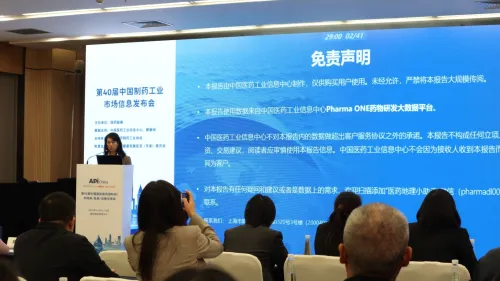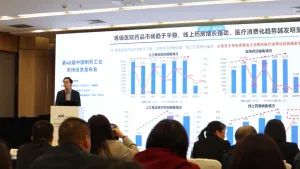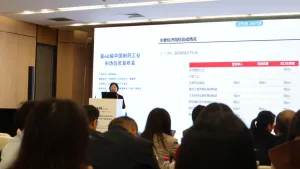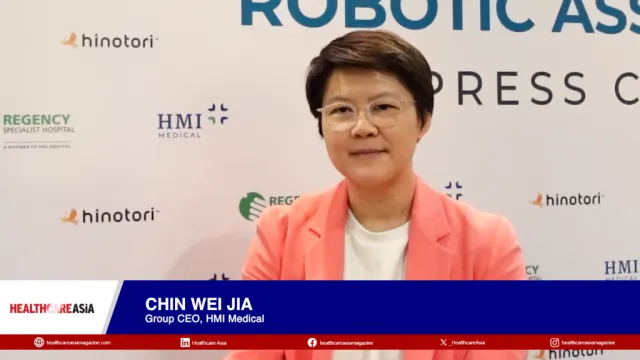
APAC coronary stent market to grow 3.2% annually
It is driven by rising cases of coronary artery disease.
The coronary stent market in Asia-Pacific is expected to grow at a compound annual growth rate (CAGR) of 3.2% from 2024 to 2034, faster than the global rate of 1.2%, according to GlobalData.
The growth is driven by rising cases of coronary artery disease (CAD), an aging population, and better access to healthcare.
China is leading the trend, with more percutaneous coronary intervention (PCI) procedures due to expanded insurance coverage, lower stent prices from centralised procurement, and increased focus on heart health. The Chinese market is expected to become increasingly crowded, with players ranging from large to small companies.
The report also said that drug eluting stents (DES) dominate the market due to better outcomes and strong physician support. Bare metal stents (BMS) are declining, whilst bioabsorbable stents (BAS) are projected to see the fastest growth in APAC, with a CAGR above 6% through 2034.
“BAS have potential, but current models face issues with strength, cost, and long-term results,” “Better designs and clinical data are needed for wider adoption.”
"Despite the clinical promise of BAS, challenges remain. The current devices face limitations in strength, cost, and long-term outcomes," said Thomas Fleming, medical analyst at GlobalData. "Technical drawbacks of earlier-generation devices, such as thicker struts, has contributed to slow adoption."
Market growth is also being driven by lifestyle-related diseases such as obesity, diabetes, and hypertension. However, high treatment costs, complications, and limited reimbursement continue to pose challenges.
Fleming said APAC remains a key growth area for stent makers, especially in the DES and BAS segments, as demand for minimally invasive heart procedures rises.



















 Advertise
Advertise





